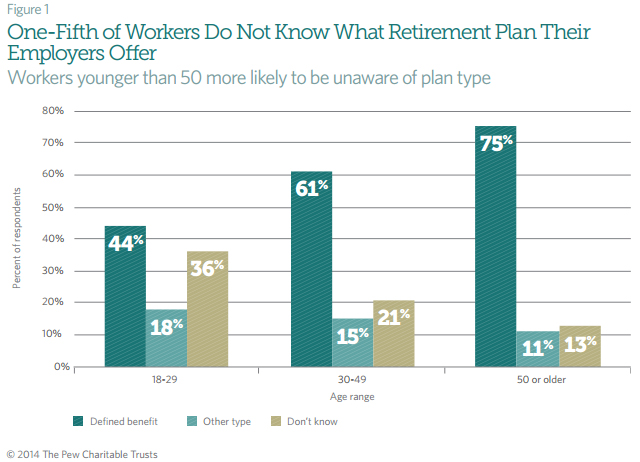A handful of pension funds have recently committed over $200 million collectively to the Baring Asia Private Equity Fund VI.
Pension systems making investments in the fund include the Texas County & District Retirement System, the Pennsylvania Public School Employees’ Retirement System, the Arizona Public Safety Personnel Retirement System and the San Francisco City & County Employees’ Retirement System.
From the Asian Venture Capital Journal:
Texas County & District Retirement System (TCDRS) has committed $50 million to Baring Private Equity Asia’s sixth pan-regional fund, which recently reached a first close of $3.2 billion.
The pension system, which had $24.5 billion under management as of June 2014, invested $40 million in Baring Asia’s previous fund. Earlier this year, it also allocated $40 million to the private equity firm’s first dedicated regional real estate vehicle, which is looking to raise $500 million.
Baring Asia Private Equity Fund VI has already exceeded its initial target of $3.2 billion. AVCJ was previously told that the vehicle has a hard cap of $3.85 billion, not including the GP contribution. Fund V closed at $2.46 billion in January 2011, beating its original target of $1.75 billion after just six months in the market.
Other disclosed investors in Fund VI include Pennsylvania Public School Employees’ Retirement System (PSERS) – also an LP in Baring’s previous three funds – which has committed $100 million, and San Francisco City & County Employees’ Retirement System, which is putting in up to $50 million. The Arizona Public Safety Personnel Retirement System is investing $20 million.
TCDRS has planned to increase its private equity holdings. Its current allocation is 8 percent, but its target is 12 percent.
In fiscal year 2013-14, TCDRS’ private equity portfolio returned 22 percent.









